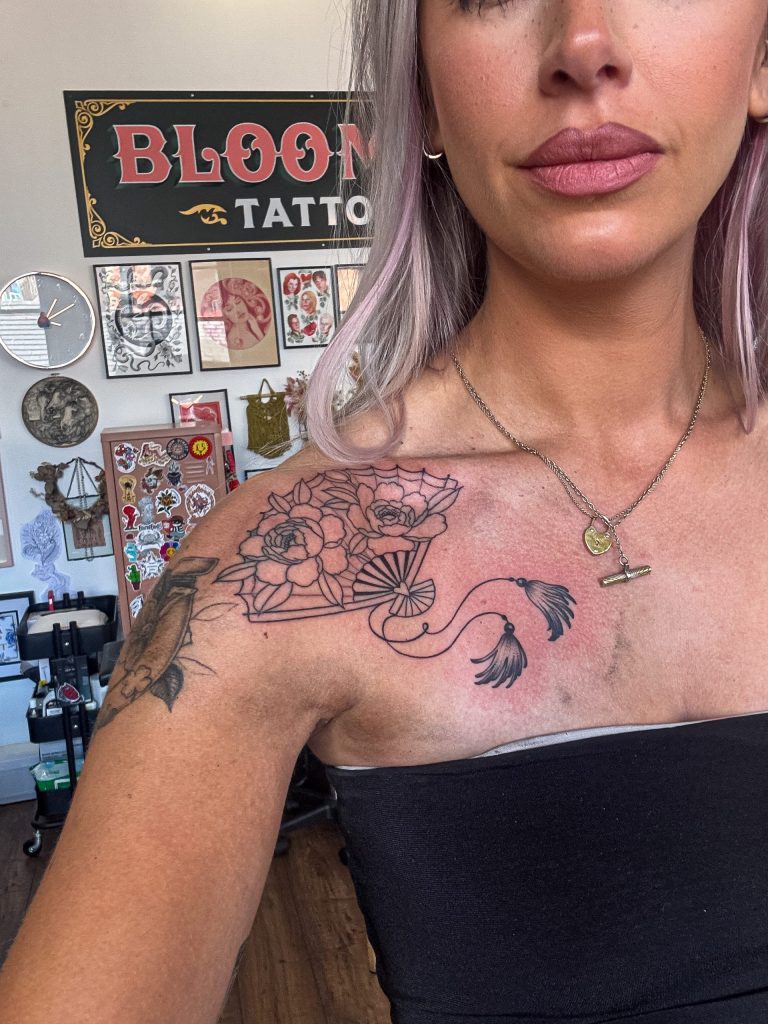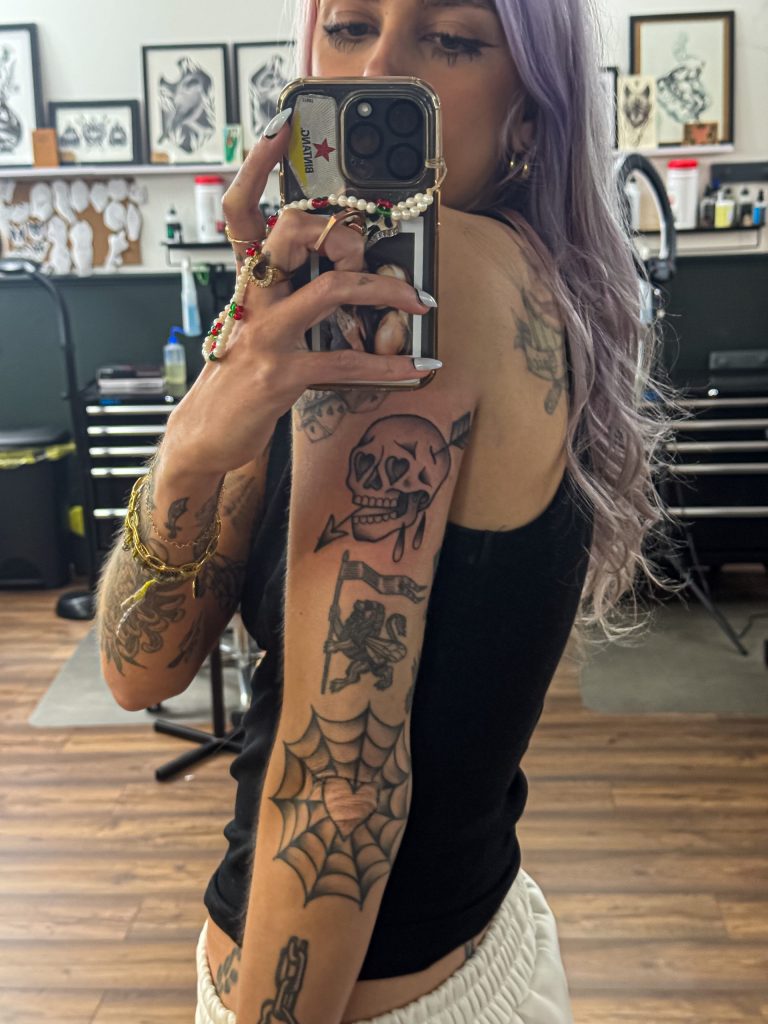
Taking care of fresh tattoos is obviously super important. After sitting through the tattoo itself, what you do afterward plays a big role in how your tattoo heals and how long it stays looking good. Bepanthen, a cream first designed for babies, has become popular as part of tattoo healing routines everywhere. Many people aren’t sure about the right way to put Bepanthen on new tattoos or if they should even use it at all. This post breaks it all down to explain what Bepanthen is and whether it’s worth using on a fresh tattoo.
Wait, What Even Is Bepanthen?
Bepanthen has dexpanthenol, which is a precursor to vitamin B5, and forms a barrier over the skin without closing it off. This semi-permeable layer blocks harmful bacteria but still allows the skin to breathe. That’s important because tattoos need both air to heal and protection from external germs. A common question people ask is how to put Bepanthen on a new tattoo. The cream became popular in Europe long before specific tattoo care products were created. Tattoo artists have been recommending it for years. Its mild formula, designed for sensitive baby skin, works well on the tender healing skin of a fresh tattoo.
Nailing It: Applying It the Right Way
Using too much Bepanthen is one of the biggest mistakes people make. Here’s how to apply Bepanthen on tattoo:
- Wash your hands. Clean them well because a fresh tattoo is an open wound. Infection can lead to problems, so stay careful!
- Clean the tattoo with lukewarm water and plain, scent-free soap. Use a clean paper towel to pat it dry instead of rubbing the skin. Let the area air-dry for a couple of minutes before putting anything on it.
- Use a small dab of Bepanthen much less than you think you’d need. For a palm-sized tattoo, a pea-sized amount works. Apply it in a super-thin layer with clean fingertips. It should make the tattoo glisten but not look too thick or white.
- Allow it to soak in a bit before wearing loose clothing over the tattoo.
Many tattoo artists advise doing this 2 to 3 times a day during the first week of healing. Sticking to the process matters more than how often you do it. Applying a small even layer is more effective than using a lot or skipping some days. You might also want to check out a vitality health insurance review to find coverage options. This could help you talk to a consultant or see a doctor if you have a reaction to Bepanthen after putting it on your new tattoo.
Figuring Out When to Stop
People often ask, “When should I stop applying Bepanthen on my tattoo?” This question comes up a lot in tattoo parlors. The usual healing process goes like this:
During the initial days, tears may form as plasma and leftover ink come out of the skin. The area might feel tender and exposed. Using Bepanthen keeps the skin moisturized while it heals.
By days 4 to 6, the skin starts to tighten and develops small scabs. Keep applying thin layers of Bepanthen. Be careful to not overuse it. Too much can make the scabs look shiny or feel soft. Between days 7 and 14, flaking and peeling start, which may look concerning at times. Many people see this as the point to stop applying Bepanthen on the tattooed areas. The thick cream is no longer needed since the skin begins creating fresh layers. At this stage, it often helps to switch to a gentle unscented lotion instead.
After about two weeks, tattoos don’t need special care anymore. However, the deeper layers under the skin are still healing. Keeping the area moisturized prevents dryness while this process continues. Healing times vary from person to person. Some tattoos appear healed in just ten days, but others detailed colored designs or tattoos on delicate skin, can take close to a month. Pay close attention to your skin’s response to the Bepanthen to decide when it’s time to stop using it.

Looking at the Ups and Downs
Bepanthen builds an important skin barrier while letting the skin breathe. Its provitamin B5 helps the skin repair itself. Pharmacies and grocery stores sell it at an affordable price. You could check with a good insurance agency like Premier PMI to see if they might cover Bepanthen or similar safe options.
On the downside, it has lanolin, which can cause allergies in certain users. If you use too much, its thickness might hold too much moisture when it’s hot and humid. Some people dislike its greasy texture during the summer.
Other Choices to Try Out
Applying Bepanthen on fresh tattoos is a common route, but there are other ways to care for your ink:
- Products made just for tattoo healing, like Hustle Butter or After Inked, provide targeted support during recovery.
- Basic unscented lotions without any extra ingredients often work well too especially once the tattoo starts to settle.
- Some people prefer natural products like pure coconut oil, though professionals have mixed views about using items that come from food.
What Experts Say
If you visit ten tattoo shops and ask them about aftercare, you’ll hear different opinions. Some tattoo artists suggest sticking with Bepanthen, claiming it has shown consistent results over many years. Others lean towards using tattoo-specific products made just for this purpose.
Most seasoned artists believe it is more important to apply the product than to stress over the brand. Using thin layers, keeping your hands clean, washing the area often, and staying out of the sun make a bigger difference during healing than the name on the packaging.
A lot of artists recommend following the aftercare routine they give you. They know how their methods of tattooing and the depth of their work interact with certain products. The artist who worked on your tattoo can offer advice on what pairs best with their style.
LL x
*This is a contributed post. As ever, all my opinions are my own.
Leave a Reply